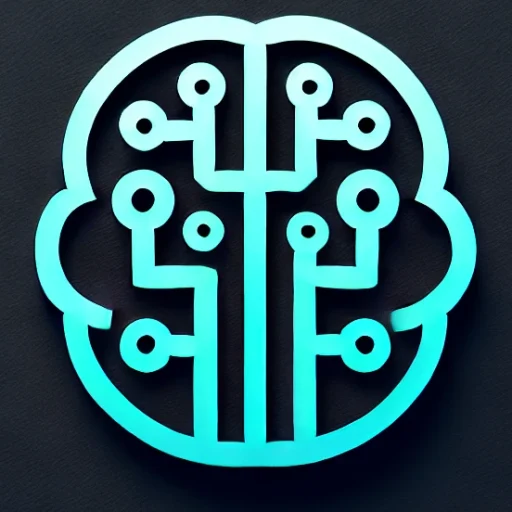
Introduction
In the past few years, the landscape of artificial intelligence has undergone some dramatic changes, with generative AI sitting at the forefront of this evolution. Leveraging deep learning models such as GPT (Generative Pre-trained Transformer) and DALL-E, generative AI has expanded beyond the confines of theoretical research to become a practical tool across multiple industries. This innovative branch of AI focuses on creating new content—whether it be text, images, or music—by learning from existing data. Let’s dive into some of the most compelling advancements and applications of generative AI today.
Key Insights & Latest Advancements
Generative AI’s rise to prominence can be attributed to breakthroughs in neural network architectures and increased computational power. Tools like ChatGPT and DALL-E have pioneered this shift by enabling AI to generate human-like text and images. GPT models can now produce coherent articles, essays, and even books, while image-generating models can create hyper-realistic artwork from textual descriptions.
The latest developments find their roots in sophisticated transformer architectures combined with large-scale training datasets, allowing models to generate content with remarkable accuracy and creativity. Furthermore, the integration of reinforcement learning has enhanced the models’ ability to fine-tune their outputs based on user feedback, paving the way for more personalized and intelligent content generation.
Real-World Applications
The applications of generative AI are both vast and varied, impacting industries from healthcare to entertainment. In the creative arts, generative AI is revolutionizing content creation, enabling artists and writers to produce novel content in collaboration with machine counterparts. The gaming industry utilizes generative AI to create expansive, immersive virtual worlds with dynamically generated environments and storylines.
In the business sphere, generative AI streamlines operations by automating tasks such as report generation, customer service interactions, and market analysis. In healthcare, AI is instrumental in accelerating drug discovery processes by simulating molecular structures and predicting their interactions with diseases.
The educational industry also benefits by using generative AI to create personalized learning experiences and educational content that adapts to individual learning paces and styles, fostering a richer learning ecosystem.
Challenges & Future Outlook
Despite its advancements, generative AI faces significant hurdles. One of the foremost challenges is ethical considerations, as these AI systems can perpetuate biases present in their training data. Concerns about misinformation and copyright infringement also loom large, given AI’s ability to produce content indistinguishable from human-made works. The issue of data privacy is another critical challenge as AI systems require massive amounts of data to function effectively.
Looking to the future, the potential for generative AI is immense. Continued research is likely to yield even more sophisticated models with the ability to understand context better, ensuring more accurate and unbiased outputs. Industry collaborations and regulatory frameworks will be essential in addressing ethical concerns, ensuring AI’s responsible deployment across sectors.
Conclusion
Generative AI represents a transformative force in the world of artificial intelligence, offering unprecedented opportunities for innovation across various domains. While challenges remain, the potential benefits of this technology in enhancing creativity, productivity, and problem-solving are immense. As we stand on the brink of an AI-driven future, the key takeaway is clear: embracing generative AI responsibly will unlock new dimensions of possibility, reshaping industries and society at large.

